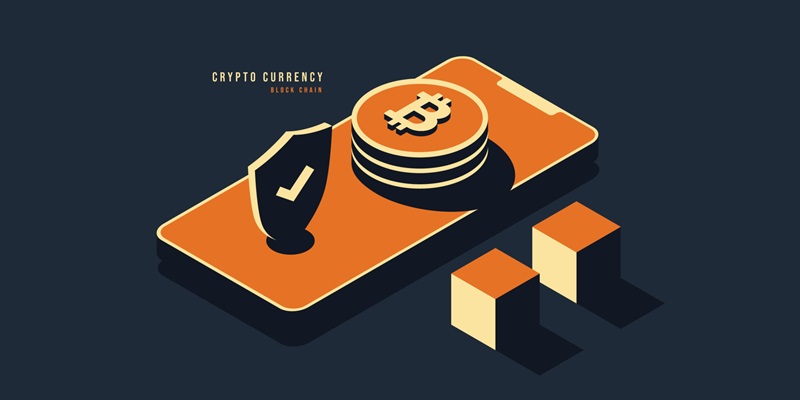The crypto industry has experienced a significant shift in the developer landscape, with the overall number of monthly active crypto developers decreasing by 24% from 29,611 in December 2022 to 22,411 in December 2023. This decline raises questions about the state of the industry and the factors influencing developer participation. In this article, we delve into the data and explore emerging trends in blockchain development, including the growth of experienced developers, the decline in newcomer participation, the influence of Bitcoin’s price rallies, the dominance of Ethereum, unexpected rankings, regional shifts in developer location, and prospects for the future.
Steady Growth in Blockchain Developers
While the total number of developers may have decreased, there is a silver lining. The study indicates a steady growth in the number of blockchain developers who have been actively contributing to the space for more than one year. In fact, this segment surpassed the 10,000 mark in 2024, highlighting the enduring interest and commitment of experienced developers.
Decline in Newcomer Developers
In contrast, developers with less than 12 months of experience, referred to as newcomers, experienced a significant decline of 52% in 2023 compared to the previous year. This decline raises concerns about the industry’s ability to attract and retain fresh talent. However, it is important to understand the factors behind this decline.
Newcomer Trends and Bitcoin’s Influence
Data reveals a fascinating trend in which newcomers tend to enter the crypto space during periods of significant price rallies. For instance, over 90,000 programmers joined the community in 2022 following Bitcoin’s surge. This phenomenon suggests that the allure of potential profits attracts individuals to explore blockchain development. However, it also raises concerns about the sustainability of their engagement if they solely focus on short-term gains.
Ethereum’s Dominance
In terms of platform preference, Ethereum maintains its position as the leading platform, attracting over 16,000 newcomers who actively wrote code in 2023. Ethereum’s robust ecosystem, smart contract capabilities, and wide range of applications make it an attractive choice for developers seeking to build decentralized applications (dApps) and explore the world of decentralized finance (DeFi).
Bitcoin’s Ranking and Surprises
While many would assume that Bitcoin attracts the highest number of developers, it ranked surprisingly low as the 13th platform in terms of attracting newcomers. Alongside platforms like Internet Computer, Optimism, and BNB Chain, Bitcoin’s ranking raises questions about the diversification of developer interest and the evolving landscape of blockchain development.
Least Preferred Platform – Stellar
Stellar emerged as the least preferred platform for newcomers, with only 248 developers contributing code to this ecosystem in 2023. This finding highlights the need for Stellar to address its developer engagement strategies and strengthen its value proposition to attract more interest from the developer community.
Shift in Blockchain Developer Location
The geographical distribution of blockchain developers has also witnessed a significant shift. The United States, once a dominant hub for developers, has experienced a decline in its standing, with the number of blockchain developers located outside the country surpassing the 70% mark in 2023. This shift indicates the global nature of blockchain development and the emergence of blockchain talent from diverse regions around the world.
Decrease in U.S. Developer Share
This shift in developer location is reflected in the U.S.’s decreasing share of blockchain developers. Since 2018, the U.S. has seen a 14% decrease in developer share, now accounting for only 26% of the overall blockchain developers. This decline raises questions about the competitiveness of the U.S. as a hub for blockchain development and highlights the need for efforts to retain talent and cultivate innovation in the country.
Growth in Developer Share across Regions
While the US experiences a decline, regions such as South Asia, Latin America, Eastern Europe, Western Africa, and Southern Europe have collectively witnessed a 20% growth in developer share since 2018. This growth signifies the increasing globalization and democratization of blockchain development, as talented individuals from various regions actively contribute to shaping the future of the industry.
The decrease in the number of monthly active crypto developers raises important considerations for the industry. While a decline in newcomer participation is concerning, the steady growth of experienced developers and the dominance of Ethereum provide hope for the sustainability and progression of blockchain technology. The unexpected rankings and shifts in developer locations further highlight the dynamic nature of the industry. As we move forward, it is crucial to foster a supportive environment that encourages innovation, attracts fresh talent, and embraces diverse perspectives. Only through such collective efforts can we build a resilient and inclusive blockchain ecosystem that drives the future of finance, technology, and beyond.

